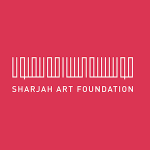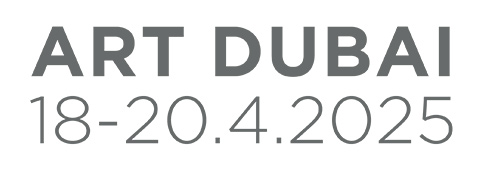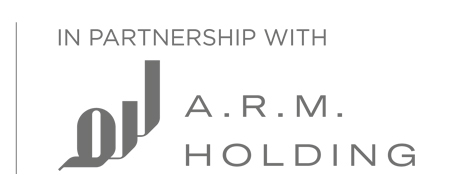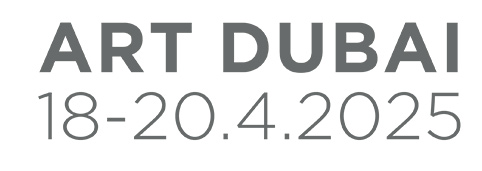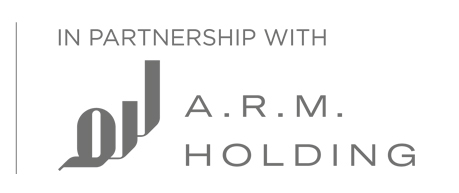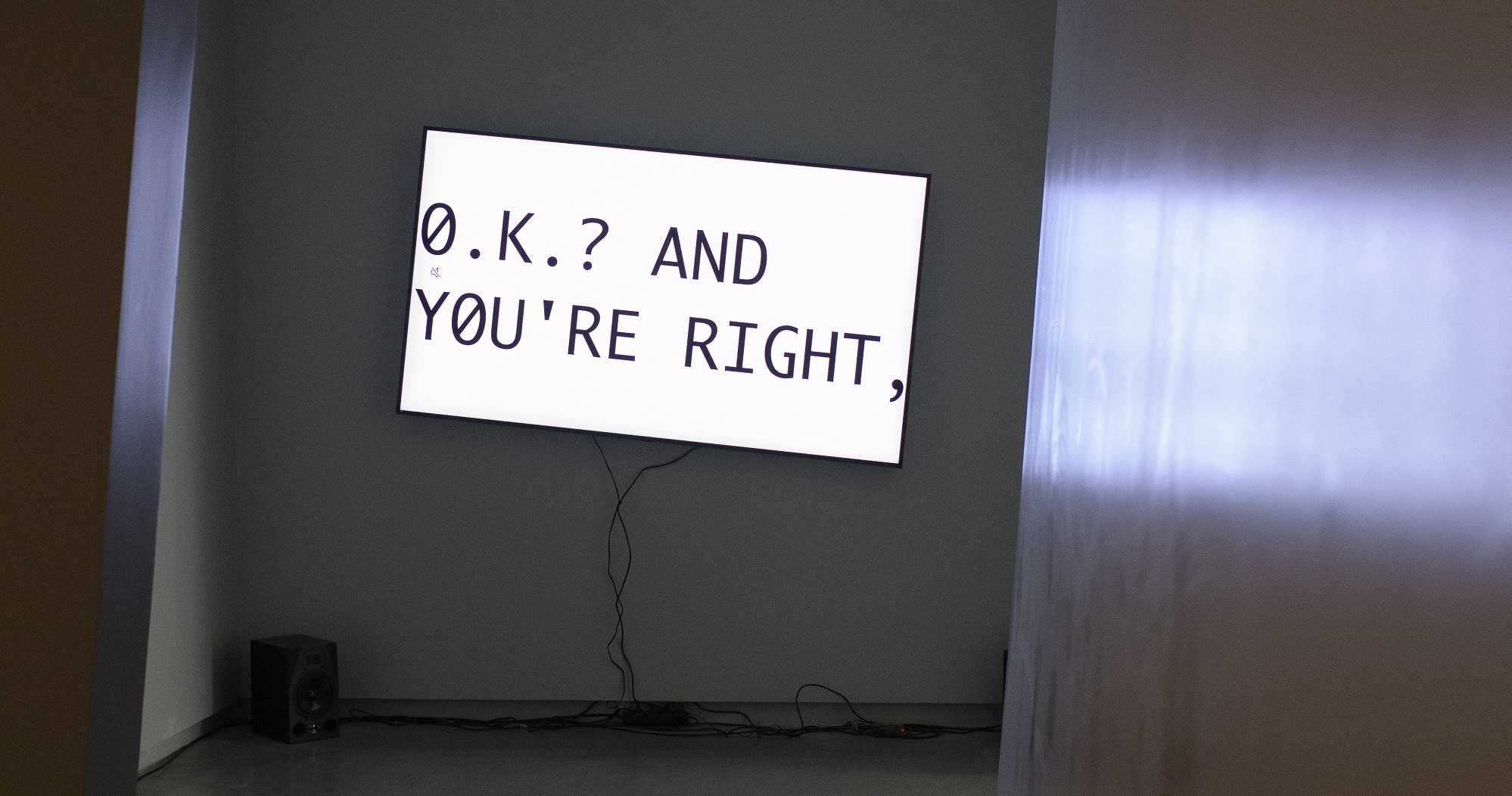
Sharjah Art Foundation (SAF) Director of Collections and Senior Curator Omar Kholeif dives into the foundation’s current exhibition Art in the Age of Anxiety, the curatorial vision and research that drove the show, as well as the resulting output from the exploration of our individual and collective relationships with the digital and technological spheres.
Art Dubai (AD): Tell us a little bit about your curatorial vision and extensive research for this exhibition and how it came about.
Omar Kholeif (OK): It feels like a long time ago now when the kernel of this idea was seeded. While I was in the early planning stages of Sharjah Biennial 14, Sharjah Art Foundation’s inimitable President and Director, Hoor Al Qasimi invited me to conceptualise an exhibition for Sharjah that took technology as its starting point in some way. I would soon come to work for the Foundation full time and call Sharjah home. I had been coming to the UAE for over a decade and curated many projects here and thus the context felt deeply familiar, but at the same time, my comings and goings made me look at it with fresh eyes.
Along the years and journeys, I came to know that this country is verifiably the most ‘social’ nation per capita in the world, in terms of media. Indeed, according to most statistics, somewhere between 91-96 percent of the population hold active social media accounts. Innovation has also always been a key narrative and driving force for and in the Emirates.
I found this level of literacy an enthralling starting point to consider. I have been organising exhibitions that engage with the context of the internet and digital culture since I started curating and I noticed that what had changed radically over the last fifteen years was how human consciousness had somehow shifted because of peoples’ connectivity with their everyday technologies, such as their smartphones, and their attendant networks, systems and platforms.
I was stunned by how quickly news spread across RSS (Really Simple Syndication) feeds and proliferated across great geographic expanses creating new mechanisms and systems of belief. The entire field of visual culture and its perception had changed. Fake news quickly became real news before being dismissed and replaced by new news. As such, my aim with Art in the Age of Anxiety was to explore the relationship between the internet (particularly as engendered through everyday technologies) and both our individual and collective consciousness.
“The concept of ‘Anxiety’ emerged from my own fear of this media’s’ ‘instability’ and the potential for the truth to be continually contorted and re-imagined by the internet’s vast user bases. It also echoes what political scientist Will Davies has referred to as ‘nervous states’, which can simply be articulated as a state where human rational forces are continually being replaced by the emotional facets of our minds.”
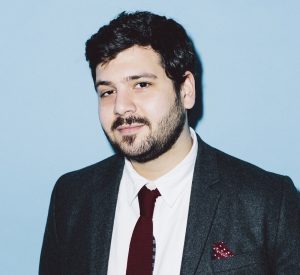
Photo: Eric T White
To embody this, I chose an entirely global group of artists working in every media and forum – from iPad paintings to films rendered in Second Life; sound installations produced from surveillance technologies to augmented and virtual reality.
These pieces of art all seek to engage directly with our ideas of consciousness in the age of the internet and are augmented by the incredible architectural scenography of the exhibition. For this project, I had the privilege of working with architect, writer and historian, Todd Reisz, who participated in Sharjah Biennial 13, to imagine a labyrinthian maze that we conceived as an embodiment of the internet. It is a free-wheeling journey through and out of a fibre-optic cable and back. I am so grateful that it is now open to members of the public to see and I am equally thankful to the incredible team who collaboratively made this endeavour come to life after 3 years of research, design and installation.
AD: Are there specific artworks that anchor the show or any conceptual groupings between specific works across the breadth of artwork mediums showcased?
OK: My starting point was Cao Fei’s RMB City (2007-2011) project, which is showcased in two parts in the first gallery. I believe Cao Fei to be one of the greatest living artists today and the first person to undertake such an in-depth analysis of life lived and rendered in Second Life. The works presented from this series represent themes of alterity, escape, dissonance and resonance; it is a collage of humanity and its aspirations.
Trevor Paglen’s suite of works is also integral to the show from his Cloud photos to his machine vision portrait of Simone de Beavoir – they all teach us how ‘sight’ has changed. I am deeply honoured to have the opportunity to showcase the Middle Eastern premiere of Lynn Hershman-Leeson’s Shadow Stalker (2019). This artwork reveals completely unique ways of how identity is indexed –mechanisms that are often quite frightening.
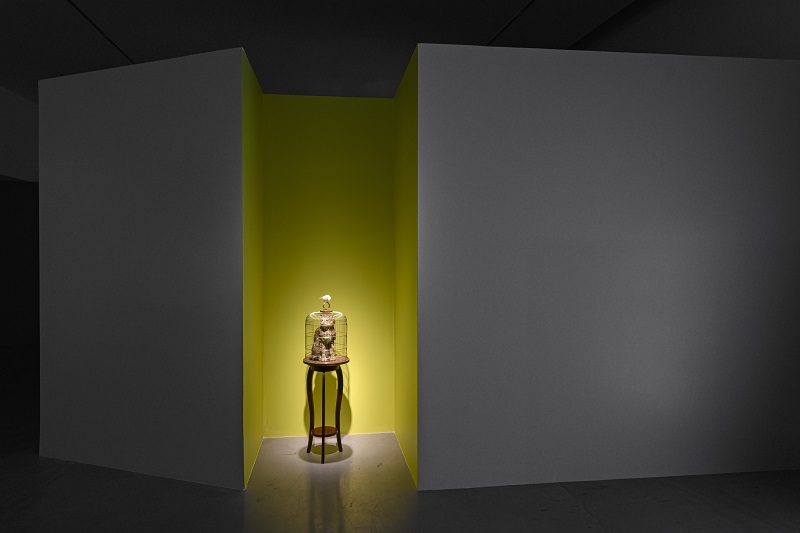
Eva & Franco Mattes, Catt, 2010. Taxidermy cat and bird, polyurethane resin, bird cage, wood pedestal; 55 x 40 x 40 cm. Installation view: Art in the Age of Anxiety, Sharjah Art Foundation, 2020. Courtesy of the artists. Photo: Sharjah Art Foundation
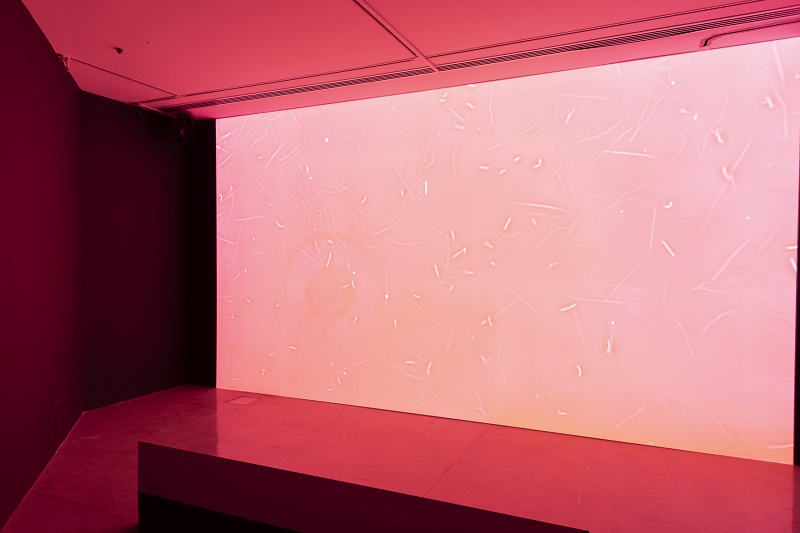
Jenna Sutela, nimiia cétiï (video still), 2018. Video installation; 12 minutes 4 seconds. Installation view: Art in the Age of Anxiety, Sharjah Art Foundation, 2020. Created in collaboration with Memo Akten and Damien Henry as part of n-dimensions, Google Arts & Culture’s artist-in-residence program at Somerset House Studios, London. Courtesy of the artist. Photo: Danko Stjepanovic
Lawrence Abu Hamdan’s project, A Convention of Tiny Movements (2015-ongoing), which takes over the courtyards of our spaces and is the first thing you see in Gallery 1 is particularly enrapturing; it is only wonderful to revisit this project, having first started working with Lawrence on it from its development in 2014.
There are so many iconic works and artists that I respect deeply who I appreciate lending their work to this exhibition: Antoine Catala’s breathing slogans and rotating emojis; Joshua Nathanson’s imaginative paintings—he is the Hockney of tomorrow!; Rafael Lozanno-Hemmer’s surveilling eye; Jenna Sutela’s algorithmic musical symphony; Tabor Robak’s anxiety inducing bursts of colour; and on and on! It has been such a pleasure to spend time with so many of these sensitive, beautiful and thought-provoking artworks.
AD: How does the current global situation and its de facto digital experience shift the curatorial concept of the exhibition, which was put together pre-COVID? Has the situation further strengthened or altered the concept of ‘Anxiety’, which sets the tone of the exhibition?
OK: It is very complicated to reflect as it were because we are ‘still in it’. I have written in the exhibition’s accompanying publication and elsewhere, which is forthcoming, that we have seen a ‘thickening of the digital sphere’ during this time, which has increasingly revealed our interdependence on certain social media platforms. This, I must say, is no surprise to me; it is what the exhibition always sought to posit—perhaps it is just more obvious. The curatorial concept in a sense foreshadows the kind of reliance on these platforms. I would say however that the term ‘anxiety’ is much more potent in an era of unparalleled precarity. But the exhibition doesn’t seek to be fatalistic or moralistic in its stance, rather it seeks to offer a space for contemplation and reflection, which I think is more urgent now than ever.
Cao Fei, MB City: A Second Life City Planning, 2007. Colour video, sound; 5 minutes 57 seconds. Installation view: Art in the Age of Anxiety, Sharjah Art Foundation, 2020. Courtesy of the artist; Sprüth Magers, Berlin; and Vitamin Creative Space, Guangzhou. Photo: Sharjah Art Foundation
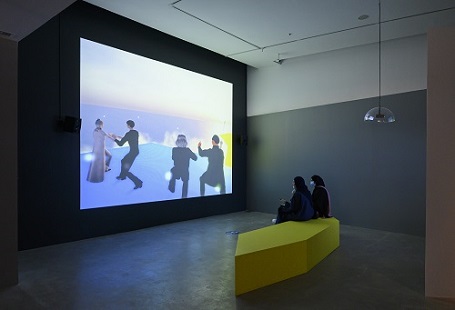
Cao Fei, MB City: A Second Life City Planning, Colour video, sound; 5 minutes 57 seconds. Installation view: Art in the Age of Anxiety, Sharjah Art Foundation, 2020. Courtesy of the artist; Sprüth Magers, Berlin; and Vitamin Creative Space, Guangzhou. Photo: Sharjah Art Foundation
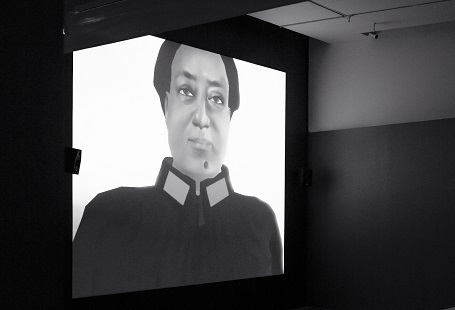
Cao Fei, People’s Limbo in RMB City (video still), Machinima; 20 minutes. Installation view: Art in the Age of Anxiety, Sharjah Art Foundation, 2020. Courtesy of the artist; Sprüth Magers, Berlin; and Vitamin Creative Space, Guangzhou. Photo: Danko Stjepanovic
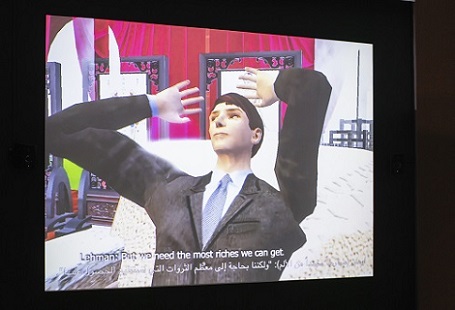
Cao Fei, People’s Limbo in RMB City (video still), Machinima; 20 minutes. Installation view: Art in the Age of Anxiety, Sharjah Art Foundation, 2020. Courtesy of the artist; Sprüth Magers, Berlin; and Vitamin Creative Space, Guangzhou. Photo: Danko Stjepanovic
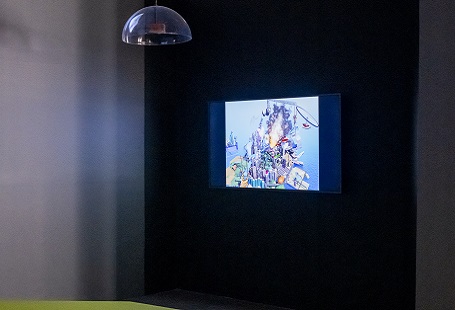
Cao Fei, RMB City: A Second Life City Planning (video still), Colour video, sound; 5 minutes 57 seconds. Installation view: Art in the Age of Anxiety, Sharjah Art Foundation, 2020. Courtesy of the artist; Sprüth Magers, Berlin; and Vitamin Creative Space, Guangzhou. Photo: Danko Stjepanovic
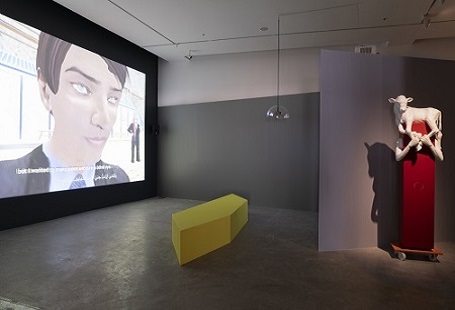
Art in the Age of Anxiety, 2020. Installation view: Sharjah Art Foundation. Photo: Danko Stjepanovic
AD: Can you tell us about any upcoming collateral programming planned to run alongside the exhibition, such as discursive events, online symposia etc? Do you consider such activations to be part of the condition affecting the collective consciousness that you are describing in the curatorial concept of the show, or is the aim for them to sit outside the condition in a more neutral or indeed critical manner?
OK: My colleagues in Learning and Research and I were working together with a number of education partners on programming to coincide with the exhibition when it was first intended to open in the spring. As we are now in the summer months and people are allowed to exit their homes after lockdown, we are keen to give them room to breathe away from their computers and are focusing our efforts on getting people to visit the exhibition. This is a space that is very special and intended to be visited multiple times. When our partners re-convene we will seek to do some reflective programming hopefully, which may be online or in real life. We will see. Our other key focus is on the publication, Art in the Age of Anxiety, which is co-published by Sharjah Art Foundation with Mörel Books, London and distributed by MIT Press.
“When we began the book, we were not sure if the exhibition would open or not, so what emerged was not an exhibition catalogue but literally an exhibition and thought paper in book form. Collectively, a dream team of artists, writers, academics and designers have produced an incredible 400+ page book that is intended to function as an independent reader on the state of our digital world.”
It exists beyond the limits of the exhibition and ventures into a diverse realm of topics from politics to media theory and includes various artistic interventions. I was so delighted that we were able to secure luminaries with original texts, from Douglas Coupland to WJT Mitchell, Norman M Klein, Heather Dewey-Hagborg, Aruba Khalid, among so many others to make original contributions.
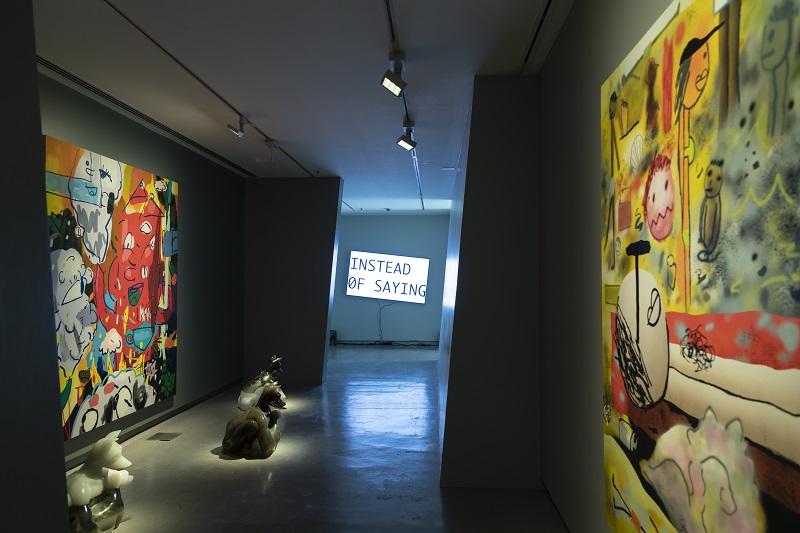
Art in the Age of Anxiety, 2020. Installation view: Sharjah Art Foundation. Photo: Danko Stjepanovic
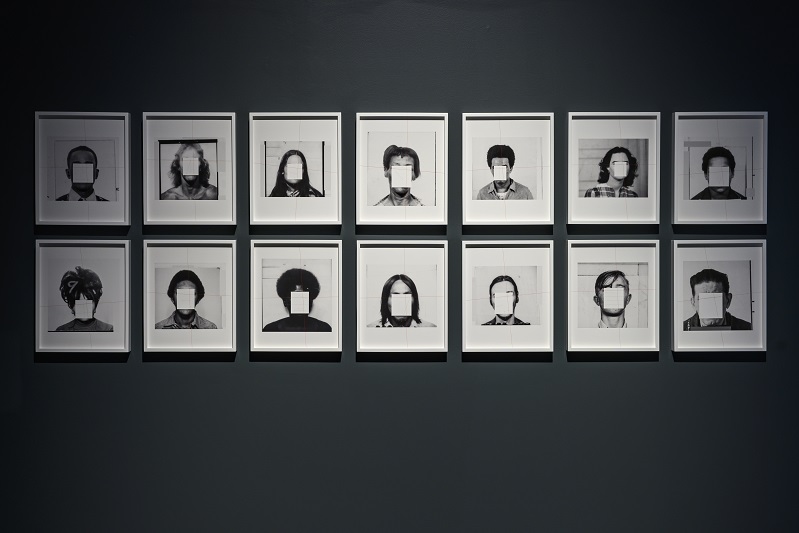
Trevor Paglen, They Took the Faces from the Accused and the Dead…, 2019. Set of 14 pigment prints; 127 x 106.68 cm. Installation view: Art in the Age of Anxiety, Sharjah Art Foundation, 2020. Courtesy of the artist and Pace Gallery, New York. Photo: Sharjah Art Foundation
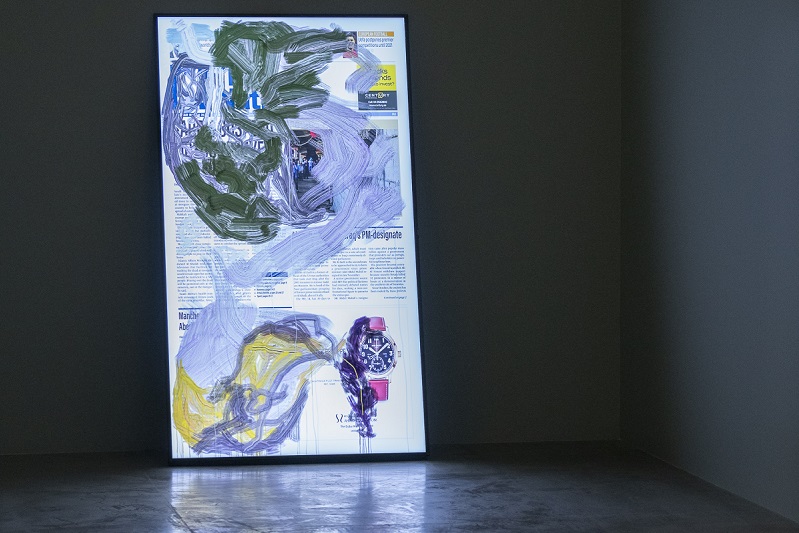
Siebren Versteeg, Daily Times (Performer: The National) (detail), 2020. Custom algorithmic software (colour, silent), internet-connected computer, daily download of the front page of The National, 4K resolution, 82-inch monitor; dimensions variable.Installation view:Art in the Age of Anxiety, Sharjah Art Foundation, 2020. Courtesy of bitforms gallery, New York. Photo: Danko Stjepanovic
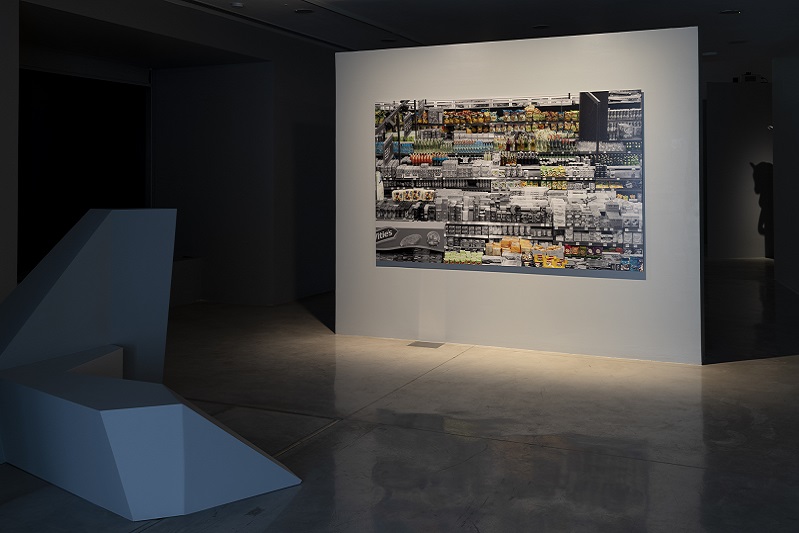
Lawrence Abu Hamdan, A Convention of Tiny Movements: Spinneys Supermarket, Ashrafieh, August 2017. From ‘A Convention of Tiny Movements’, 2015–ongoing. Digital print; 270 x 170 cm. Installation view: Art in the Age of Anxiety, Sharjah Art Foundation, 2020. Courtesy of the artist. Photo: Danko Stjepanovic
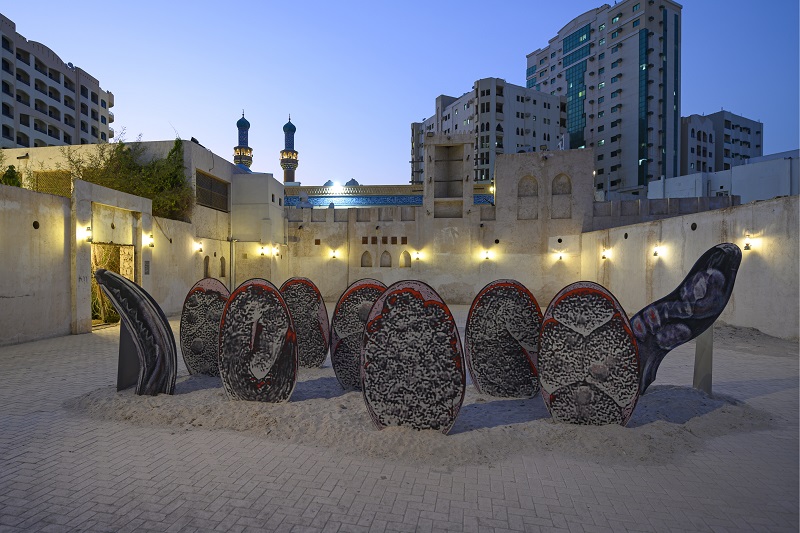
Katja Novitskova, Pattern of Activation (Mutants), Digital print on aluminium, steel, cut-out display; dimensions variable. Installation view: Art in the Age of Anxiety, Sharjah Art Foundation, 2020. Courtesy of the artist and Kraupa-Tuskany Zeidler, Berlin. Photo: Sharjah Art Foundation
Omar Kholeif
Omar Kholeif, PhD, FRSA is Director of Collections and Senior Curator at Sharjah Art Foundation, UAE. He has curated over 100 exhibitions of visual art, architecture and digital culture globally and has authored or published more than two dozen books, which along with his writing in magazines, newspapers and online have been translated into 12 languages. Selected curatorial projects include, Art in the Age of Anxiety, Sharjah Art Foundation; To Speak with Many Tongues, Sharjah Art Foundation and Royal College of Art, London; Time, Forward!, V-A-C Foundation Pavilion, 58th Venice Biennale and Leaving the Echo Chamber, Sharjah Biennial 14. He is a Trustee of Space and an Ambassador for Mental Health Research UK.
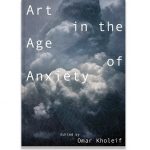
Sharjah Art Foundation is an advocate, catalyst and producer of contemporary art within the Emirate of Sharjah and the surrounding region, in dialogue with the international arts community. Under the leadership of founder Hoor Al Qasimi, the Foundation advances an experimental and wide-ranging programmatic model that supports the production and presentation of contemporary art, preserves and celebrates the distinct culture of the region and encourages a shared understanding of the transformational role of art. The Foundation’s core initiatives include the Sharjah Biennial, featuring contemporary artists from around the world; the annual March Meeting, a convening of international arts professionals and artists; exhibitions, grants and residencies for artists, curators and cultural producers; ambitious and experimental commissions; and scholarly publications.
Established in 2009 to expand programmes beyond the Sharjah Biennial, which launched in 1993, the Foundation is a critical resource for artists and cultural organisations in the Gulf and a conduit for local, regional and international developments in contemporary art. The Foundation’s deep commitment to developing and sustaining the cultural life and heritage of Sharjah is reflected through year-round exhibitions, performances, screenings and educational programmes across the Emirate, often hosted in historic buildings that have been repurposed as cultural and community centres. A growing collection reflects the Foundation’s support of artists in the realisation of new work and its recognition of the contributions made by pioneering modern artists from the region and around the world.
Sharjah Art Foundation is a legally independent public body established by Emiri Decree.
